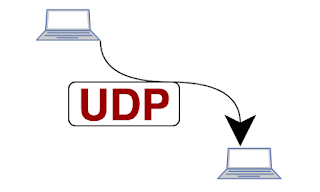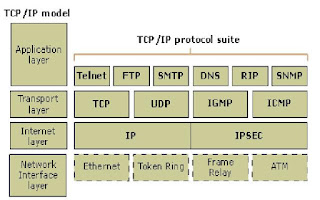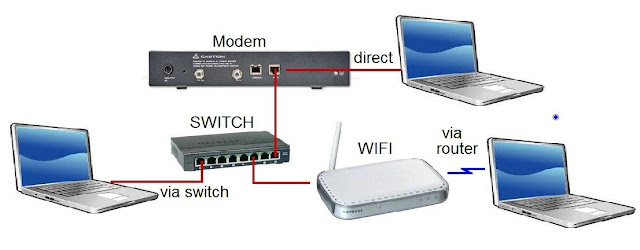what is User Datagram protocol?
UDP
(User Datagram Protocol)
UDP is a connectionless protocol that works at the transport layer. UDP transport datagrams but does not acknowledge their receipt. UDP also uses a port address to achieve datagram delivery, but this port address is simply a pointer to a process, not a connection identifier, as it is with TCP.
Hence, a sender wishing to send a small message and does not care much about reliability of UDP.
UDP provides no flow control or acknowledgements for received packets. If UDP detects some error while transmitting a datagram, it simply drops the datagram and does not inform the sender about the same.
UDP gives a connectionless service. Each user datagram sent by UDP is an independent datagram. There is no relationship between the various user datagrams even when they are coming from the same source process and going to the sane destination program. The user datagrams are not numbered. Moreover, each user datagram can travel a different path.
Note: Each request must be small enough to fit into one user datagram. Only those processor sending short messages need to use UDP because it cannot cut message into small segments.



Comments
Great Article!!! thanks for sharing your ideas and thoughts with us.
Data Science Courses in Bangalore
Data Science Training in Bangalore
AWS Training in Bangalore
data analytics courses in bangalore
hadoop training in bangalore
rpa training in bangalore
Worth for my valuable time, I am very much satisfied with your blog. Thanks for sharing.
AWS Training in Chennai
Amazon web services Training in Chennai
Ethical Hacking Course in Chennai
Python Training in Chennai